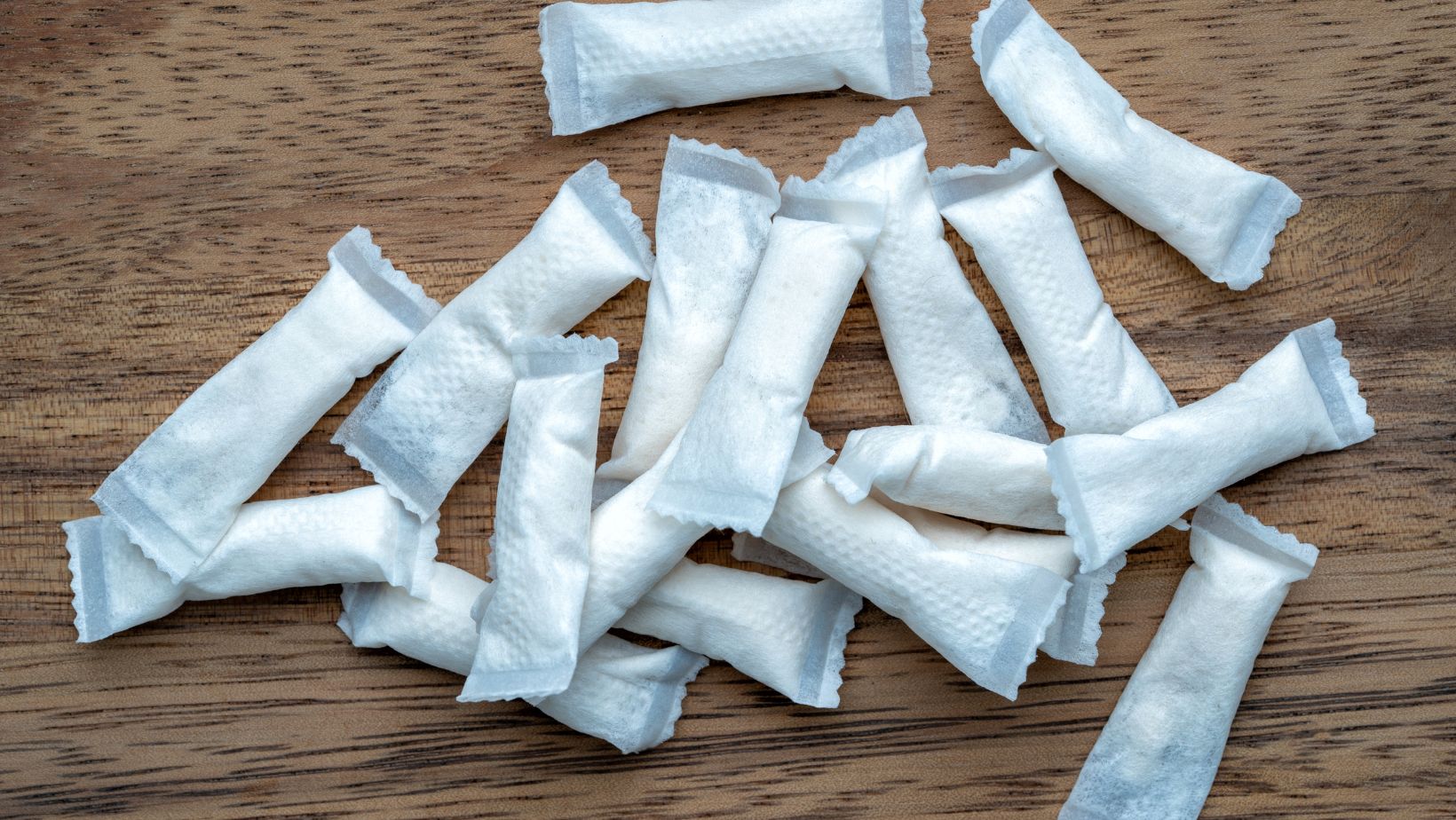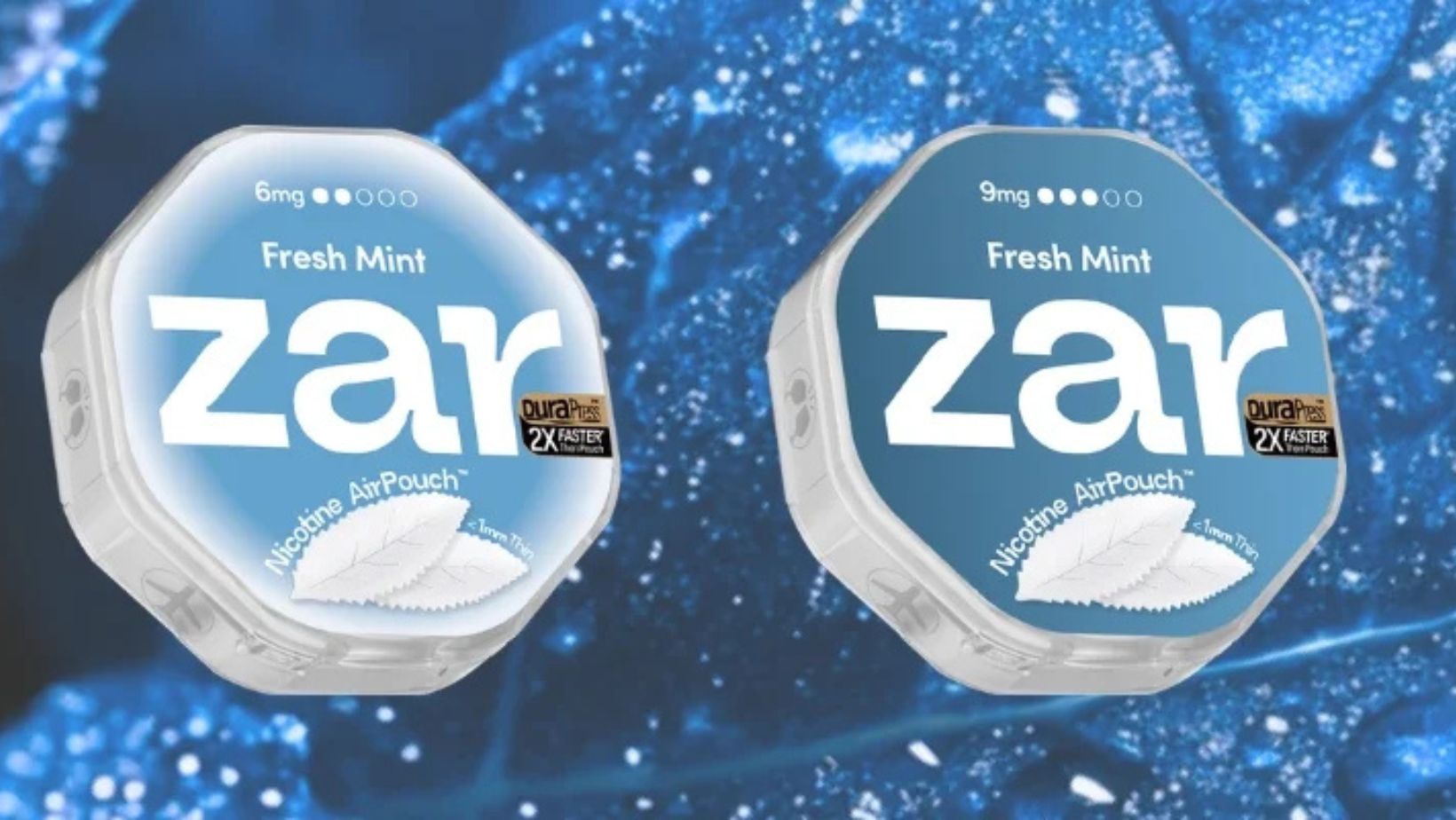Ever pick up a “6 mg” pouch and feel like it hits harder than someone else’s “10 mg”? You’re not imagining it, what the label promises doesn’t always match what you think. Many people struggle with three things: choosing a strength that’s too harsh (cue the head rush and mouth sting), decoding labels that don’t translate to real-world feel, and mixing up mg/g (concentration) with mg per pouch (total dose). This guide breaks through that noise. We’ll explain how the nicotine pouches strength interacts with pH, moisture, size, and pouch construction—so you can pick with confidence instead of guesswork.
Table of Contents
ToggleUltra-Thin Pouches: Fast, Discreet, Multiple Strengths
An ultra-thin build (under ~1 mm) paired with a durable, press-sealed delivery design keeps the fit discreet while targeting a fast, clean release. The lineup offers multiple mg-per-pouch options (from lower to higher), making it easy to test neighboring strengths without changing the pouch format.
Why that matters: When you compare like-for-like (same size, similar build), you can evaluate intensity more accurately—reducing surprises and helping you land on a comfortable everyday choice.
What “pouch intensity” means in practice
Why strength isn’t just a number
Two pouches can list the same mg but feel different because the dose you absorb depends on how easily nicotine crosses the mouth’s lining. That, in turn, is shaped by chemistry (especially pH), moisture, and the pouch’s paper and fill.
Higher-pH systems
Tend to deliver a quicker “kick” because a larger fraction of nicotine is in the form that crosses membranes rapidly.
pH-balanced systems
Aim for a smoother, steadier release and may feel less prickly for some users.
Moist vs. dry pouch builds
Moist pouches often feel rounder with quicker flavor. Drier builds can feel sharper and more discreet but may deliver more slowly and taste shorter.
Labeled strength ranges on the market.
Illustrative mg-per-pouch ranges
Mainstream offerings typically range from ~3–20 mg per pouch, with lower tiers suited for beginners and mid-tiers covering most everyday use. Extreme products do exist in some markets, but those aren’t a smart starting point—work up gradually.
Label in context
Packages may be labeled in terms of mg/g (concentration) or mg/pouch (total). To convert: mg/g × pouch weight (g) = mg per pouch.
If you feel a mismatch between label and experience, the culprit is usually pH, moisture, and construction—not your imagination.
Formulation & build factors shaping intensity
pH and absorption
- Higher pH → quicker onset, more intensity.
- Closer-to-neutral pH → smoother feel.
Moisture and construction
- Moist, soft pouches → faster flavor onset and comfortable wear.
- Drier, ultra-slim pouches → more discreet; flavor can be shorter and feel a bit sharper.
Size/format
Larger pouches present more surface area under the lip and can alter contact and release. Paper porosity and the internal matrix also influence how fast the session ramps up.
Choosing Your Nicotine Pouches Strength by Tolerance & Context
The goal is to match your tolerance and situation—not to chase numbers.
Lower tolerance / sensitive users
Start low (~3–6 mg). Opt for pH-balanced, moisture-rich formulas for added comfort. If sessions feel underpowered, step up one band at a time.
Moderate, everyday use
A mid-range dose (~6–12 mg) suits many daily scenarios. Pay attention to the first 10–20 minutes (often the steepest part of the curve) and how comfortable the tail end feels.
Higher tolerance / short, intense sessions
Experienced users sometimes choose ~12–20 mg for brief, focused use. Alternate with lower strengths to avoid overdoing it. Remember: nicotine is addictive—use responsibly and avoid use if you’re underage, pregnant, or have health conditions.
Contextual needs
- Discreet settings → ultra-slim/drier builds.
- Comfort & longer wear → moisture-rich, pH-balanced builds.
Translating label to experience
Compare like with like
When testing, hold the mg band constant and vary just one factor (build or flavor). That isolates what’s actually changing the feel.
Expect cross-portfolio differences
A “6 mg” from one line can feel like an “8 mg” or a “4 mg” elsewhere. Treat a new brand like a test drive: schedule one or two sessions before making a decision.
Practical selection workflow
1) Shortlist by mg band
Pick two neighboring strengths (say 6 mg and 8–10 mg) in a flavor you already enjoy.
2) Filter by formulation & build
Choose one pH-balanced/moist option and one drier/ultra-slim option. Keep all other variables steady.
3) Trial set
Run comparable sessions (e.g., 30–40 minutes). Note:
- Onset during the first 10 minutes
- Mid-session comfort
- Tail-end flavor and feel
- Any mouth irritation or headache

After two or three cans, you’ll have a reliable map of your comfort zone.
Quick reference: factors affecting perceived intensity
Raise intensity
- Higher pH (more rapid onset)
- More moisture / faster release
- Larger pouch / more surface contact
Mellow intensity
- Closer-to-neutral pH
- Drier or ultra-slim builds
- Shorter session times
If you prefer slim, discreet builds and want multiple mg choices to calibrate feel, Zar AirPouch keeps the pouch ultra-thin while offering several strength tiers. Keeping the build consistent while changing only the mg helps you “compare like with like” and dial in your preferred intensity with fewer surprises.
Comparison table (at-a-glance)
| What you see | What does it mean to feel | Why it matters |
| mg per pouch (e.g., 6 mg, 12 mg) | Higher usually = stronger—but not always | The absorbed dose is influenced by pH, moisture, paper type, and session length. |
| pH/buffering | Higher pH = faster onset (“kick”) | Affects how readily nicotine crosses the mouth’s lining. |
| Moist vs dry | Moist = rounder, quicker flavor; dry = discreet, sharper | Moisture influences how fast nicotine dissolves/releases. |
| Pouch size/paper | Bigger/porous = more contact; slim = more discreet | Surface area and paper affect release rates. |
Conclusion
Labels start the conversation; chemistry builds it. Use the number on the can to narrow your choices, then fine-tune with pH, moisture, and construction until the feel matches your day. Begin conservatively with your nicotine pouches’ strength, compare like-for-like, and keep quick notes through your first trial set. With a simple, structured approach—and transparent product specifications—you’ll find an intensity that suits your tolerance, context, and goals without the guesswork.






